Jean-Samuel N’Sengi
(ENG) Born in 1994, Jean-Samuel N’Sengi is a Belgian artist based in Brussels.
Working with performance, photography and video, he explores multiple identities and gender incarnations, relations with our own body and that of others’ within dynamics and mechanisms of tension, power, and violence.
Jean-Samuel N’Sengi puts us in the position of spectators. A frontal relationship occurs through precise staging - sometimes dominated by the audience looking at something or someone, and sometimes by the artist himself who reflects the gaze like a mirror.
By embodying Esther, a female character and alter ego with occult powers, Jean-Samuel plays with notions of seduction and manipulation revealing the bad nature that defines us.
The gaze as an instrument of domination exists within these mechanisms of power. The subject feels observed and reduced to his body, to what he appears and what he tries to mask. How do we look ? What do we portray to others ?
This is what the artist reveals through his selfie series Damu Yangu, Mutoto Yangu, 2019. These questions are crystallized in social media where Jean-Samuel produces various forms. This virtual window through which we gaze and we are observed builds a disparate version of ourselves, one that is controlled more easily. Behind the screen we dissimulate some aspects of our personality, trying to either protect or ditch them.
N’Sengi has presented his work in various art and cultural venues in Belgium and abroad; at Penthouse Art Residency, 2019, Brussels (BE), Państwowa Galeria Sztuki, 2019, Poland, Vanderborght Building, 2019, Brussels (BE), and BOZAR, Brussels (BE), 2018-2019.
(FR) Né en 1994, Jean-Samuel N’Sengi est un artiste belge basé à Bruxelles.
À travers la performance, la photographie et la vidéo, il explore les questions d’identités multiples et de genre, le rapport au corps et à l’autre au sein de dynamiques et mécanismes de tension, de pouvoir et de violence.
Jean-Samuel nous positionne souvent comme spectateur.rice. Par une mise en scène calibrée, un rapport frontal a lieu, dominé parfois par le.la spectateur.rice qui porte son regard sur quelque chose ou quelqu’un.e; parfois par l’artiste lui-même en renvoyant le regard de l’autre comme un miroir.
En incarnant Esther, personnage féminin et alter ego aux pouvoirs occultes, Jean-Samuel joue avec des caractères tels que la manipulation et la séduction révélant les paradoxes qui nous définissent.
Le regard en tant qu’instrument de domination s’inscrit dans ces mécanismes de pouvoir au sein desquels le sujet observé est ramené à son corps, à ce qu’il laisse paraitre et tente de masquer. Que reflétons-nous ? Que décidons-nous de dévoiler aux autres ?
C’est ce que l’artiste révèle à travers sa série de selfies Damu Yangu, Mutoto Yangu, 2019. Les réseaux sociaux sont un espace dans lequel ces questions se cristallisent et au sein duquel Jean-Samuel produit des formes. Cette fenêtre virtuelle par laquelle on regarde et on est regardé est en quelque sorte une autre version de nous-même qu’on peut davantage contrôler. C’est derrière l’écran que sont dissimulés certains aspects de nous-même afin de les protéger ou de les réprimer.
"The Initiation of Esther"
"The Initiation of Esther", is a project that Jean-Samuel created as a response to those who associate being queer with the devil. To play with this element, the artist created a story in which Esther (Jean-Samuel’s so-called female alter-ego) signs a pact with the devil and becomes a manipulative and seductive enchantress.
Self-portraits as Esther
Self-portraits as Esther
Get to know Jean-Samuel



